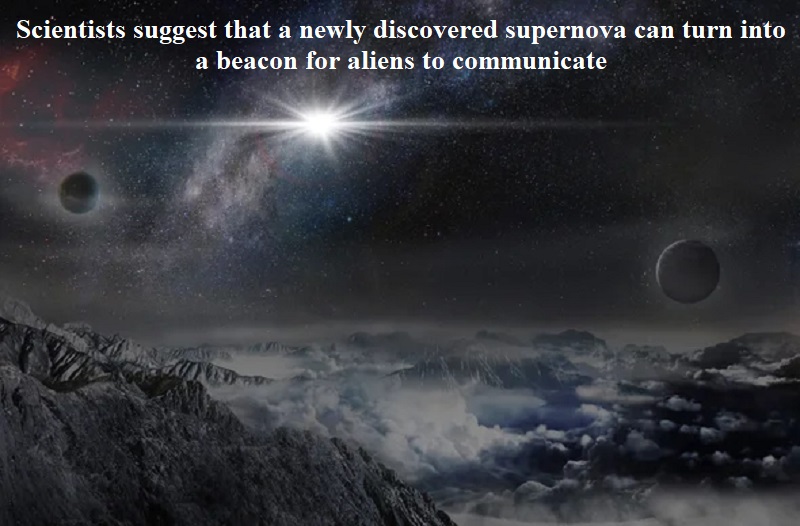
In a recent study, scientists have proposed that a newly discovered supernova, located 21 million light-years away from Earth, could serve as a means for extraterrestrial communication. The team of astronomers from the University of Washington has directed their attention to SN 2023ixf, situated in the Pinwheel galaxy. This supernova, visible to the naked eye, is the closest stellar explosion observed in the past decade.
This hypothesis emerged from the concept that around 100 supernovas exist within a range of 300 light-years from Earth, prompting the researchers to investigate the possibility of habitable planets surrounding them. If extraterrestrial civilizations observe the supernova, they might utilize it as a signal to attract the attention of other planets and engage in communication.
SN 2023ixf was initially detected as a Type II supernova by the National Astronomical Observatory in Gozo. This finding revealed that the supernova originated from a star approximately eight times the size of our sun. James Davenport and his team employed the “SETI ellipsoid,” representing an egg-shaped region in space where alien civilizations could have ample time to witness astronomical events.
Within this research, the ellipsoid encompasses the potential inclusion of 100 nearby stars. Astronomers in North Carolina are using the Allen Telescope Array (ATA), while the Robert C Byrd Green Bank Telescope in Virginia is employed to study these stars and determine if habitable planets exist in their vicinity.
The study, published in arXiv, mentions the team’s plan to revisit the Ellipsoid monthly in order to incorporate new stars into their analysis. They also express openness to coordinating observations with other multiwavelength facilities.
Although James Davenport admits that the chances of making contact with aliens are slim, he believes it is worth the effort, stating, “The worst thing to happen would be for a signal to come in and us not to notice because we didn’t bother to look.”
Astrophotographer Andrew McCarthy, renowned for capturing stunning images of space, was among the first civilians to photograph this remarkable event. He shared an animation featuring multiple images of the Pinwheel Galaxy, with a blinking light indicating the explosion of the star.
McCarthy explained that he created the animation by stacking around 10 minutes’ worth of exposures using the color data he already had on the galaxy. In an interview with the Daily Mail, he expressed his excitement about capturing the supernova while focusing on the Pinwheel Galaxy for several months, remarking, “You can see how close the supernova is to some nebulae in the arm… imagine the view from there!”

Post Your Comments